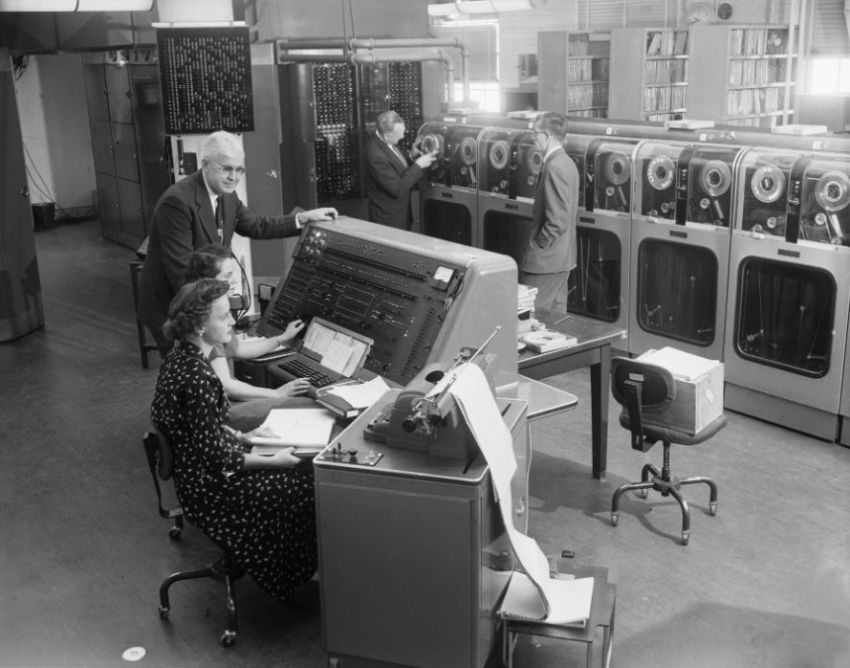
The various agencies of Australian governments have a capacity to access data generated by individuals that is unprecedented — one of the “benefits” of the communications revolution that we are living through.
When NSW Deputy Police Commissioner Nick Kaldas, recently complained that being bugged by a police investigation called Operation Prospect was an unjustified invasion of his privacy that denigrated and humiliated him, it was a timely reminder that none of us is safe from the unwarranted intrusion of the State.
But there is one set of data collection that is very much worth having, and this is the census collection of the Australian Bureau of Statistics (ABS).
The census has been around since Federation. From 1961 it has been conducted every five years, but now the ABS is proposing to change this to ten years, a measure that would have to be approved by federal parliament. The last census was conducted in 2011, so if the legislation is amended to provide for it, the next one will be in 2021.
As Green Left Weekly has reported, there have been serious problems with the ABS data on unemployment since last year. The culprit seems to be the cost-cutting that started with the previous Labor government’s so-called “efficiency dividend”. One of the more obvious problems is that the ABS has computer systems so outdated as to warrant the description of antiquated.
This is why the ABS wants to change the frequency of the census. The cost of upgrading the computer systems is estimated to be $250 million. The money saved from delaying the census, which costs about $400 million to conduct, would be redirected to upgrading the ABS’s computers.
The bizarre result would be an up-to-date computer system which would provide ABS employees easier and faster access to an out-of-date census.
Prior to the cuts imposed by Labor and the Coalition, the ABS had a reputation for statistical accuracy and the reach of its surveys that was recognised throughout the world.
But this well-deserved reputation has been tarnished as the quality of its statistical analysis diminishes in direct proportion to its reduction in funding.
A similar cut in operational budgets has occurred across the federal public sector. Cuts to the Australian Tax Office and the Australian Securities and Investment Commission have made it more difficult to uncover and prosecute tax cheats and regulate corporate, market and financial services.
This free gift to corporate malfeasance has meant that since 2007, unsuspecting Australian investors have lost $37 billion on dodgy financial products and the collapse of high-profile speculative companies.
Despite a recommendation last year from a bipartisan Senate committee for a royal commission into the financial planning shenanigans at the Commonwealth Bank, the Abbott government has refused to entertain the idea.
The latest revelations from the National Australia Bank, which paid out millions of dollars in compensation to hundreds of clients who were given ‘inappropriate’ financial advice from 2009, has led to renewed calls for a royal commission from Coalition backbenchers.
But the response so far has been to turn a blind eye to the financial planning scandal that comes from cost-cutting that effectively emasculates the regulators.